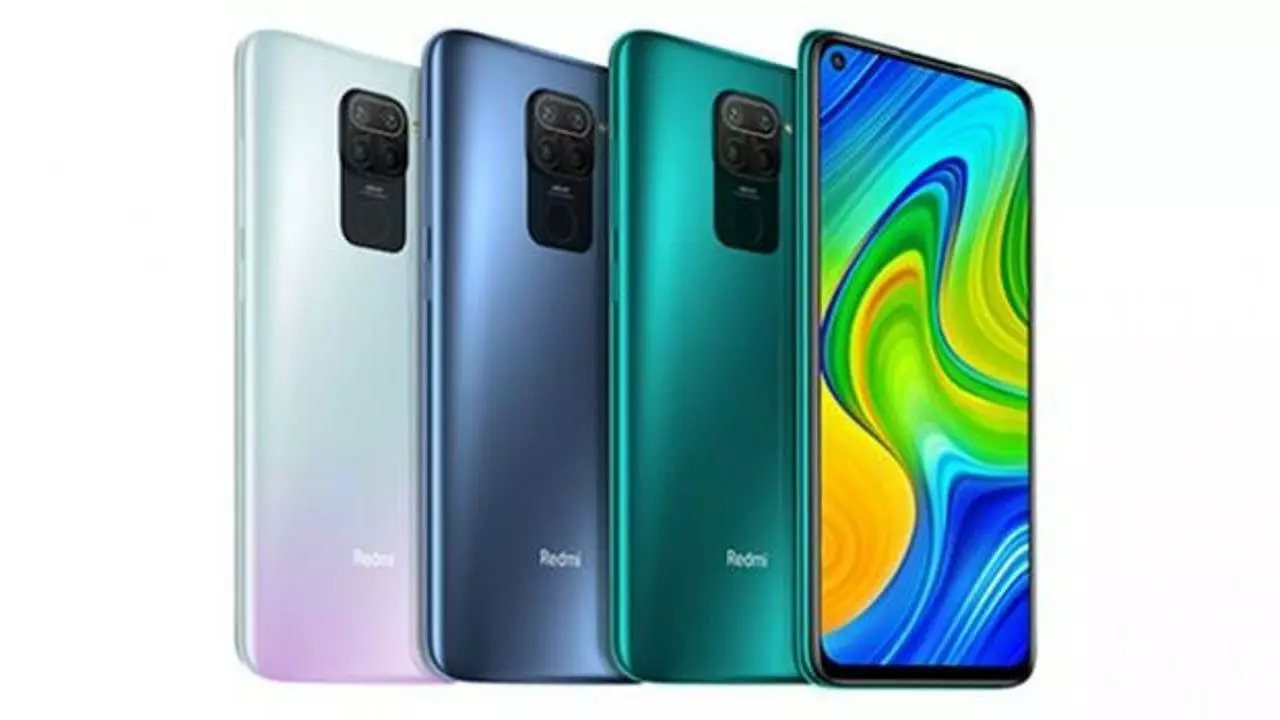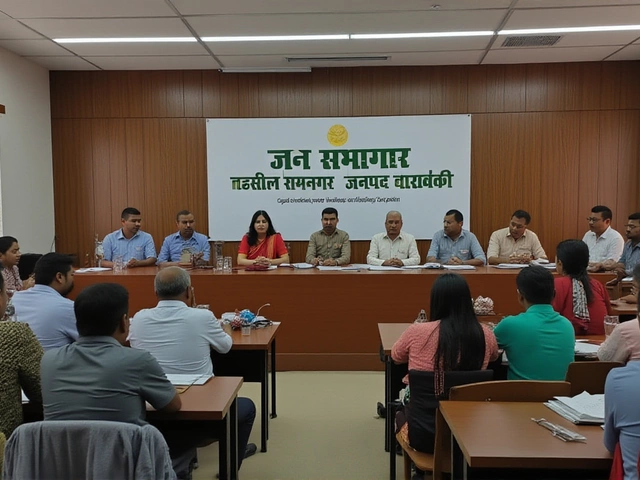Redmi Note 9: Practical Guide, Specs, and Buying Tips
Want a budget phone that feels complete without costing much? The Redmi Note 9 is still a popular pick for people who want a big screen, long battery life, and decent cameras without breaking the bank. Below I’ll cut to what matters: real performance, camera quality, battery life, software quirks, and smart buying tips.
The Note 9 has a 6.53-inch 1080p+ display that’s bright enough for videos and scrolling. The design uses a flat screen and a square camera island, and the build is solid though a bit thicker than ultra-slim phones. If you care about touch feel and grip, try it in hand — many users like the sturdy feel, but if you prefer light phones, consider newer slimmer models.
Performance & Battery
Inside you’ll normally find a midrange MediaTek chipset paired with 3GB–6GB RAM options. That setup handles daily apps, social media, video calls, and light gaming reliably. Heavy gaming at max settings will push it, so lower settings for smooth play. The standout is the 5020mAh battery: one full day of heavy use or two days of moderate use is common. Fast charging works but charger wattage in the box varies by market, so check before buying.
Storage options usually start at 64GB and go to 128GB with a microSD slot for more space. Picking a 4GB+ model gives better multitasking and future-proofing if you plan to keep the phone for a few years.
Camera, Software and Buying Tips
Camera hardware includes a 48MP main sensor plus ultra-wide, macro, and depth lenses. Daytime photos from the main camera are strong for the price: good detail and natural colors. The ultra-wide is fine for landscapes but loses sharpness near edges. Low-light shots improve with Night mode but don’t match premium phones. Selfies are fine for social posts and video calls.
Software runs MIUI on top of Android. MIUI adds useful features like a built-in recorder, dark mode, and privacy settings, but also includes some preinstalled apps. Update frequency varies by region—confirm update history if software updates matter to you. A minimal launcher can clean the interface if you dislike extra apps.
Before buying, check price differences between official channels and trusted retailers, confirm warranty and included charger specs, and inspect the screen for any dead pixels. If buying used, ask about battery health, any screen replacements, and whether the device was repaired. Simple fixes for common issues: clear app cache for sluggishness, boot in safe mode to spot problematic apps, and factory reset as a last resort.
Good accessories: a soft rubber case, tempered glass screen protector, and a portable charger for heavy days. If you want a phone with an AMOLED display or faster chipset, compare the Note 10/11 series. Otherwise, the Redmi Note 9 remains a reliable, budget-friendly choice for students, first-time buyers, and anyone who values battery life over flashy extras.





